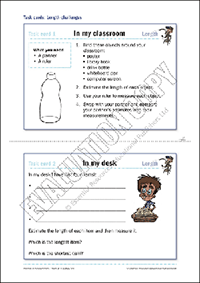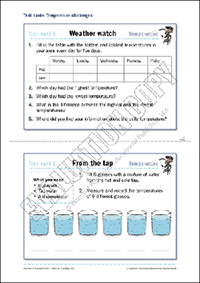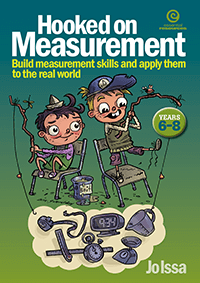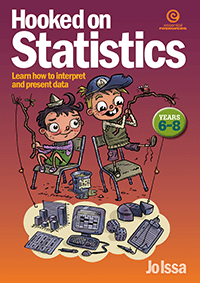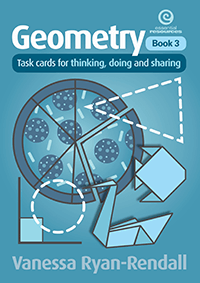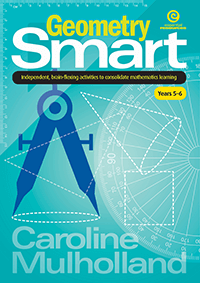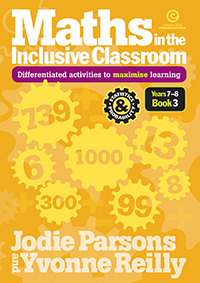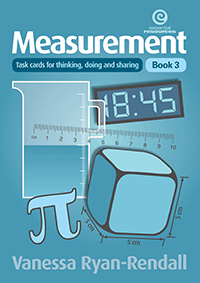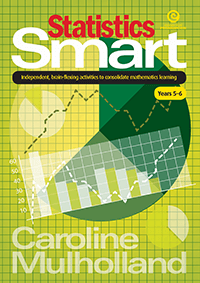Contents |
| Introduction | 4 |
| How to use this book |
| Collecting resources |
| Curriculum links |
| Shape | 6 |
| Recognise and name quadrilaterals |
| Recognise and describe polygons |
| Discuss the properties of shapes |
| Task cards: Making shapes (1) |
| Recognise and identify the properties |
| of polygons |
| Use diagrams to construct shapes |
| Task cards: Making shapes (2) |
| Draw a tessellation using regular polygons |
| Task cards: Tessellation of triangles and regular polygons |
| Recognise and identify the properties |
| of three-dimensional shapes |
| Task cards: Views of three-dimensional shapes |
| Construct polyhedra |
| Calculate angles |
| Use nets for cubes |
| Use nets for prisms, cylinders |
| and pyramids |
| Task cards: Net design |
| Task cards: 3D challenges |
| Position | 29 |
| Identify paths between positions |
| and give directions |
| Follow and give instructions |
| Describe the path taken by an object |
| Use coordinates to describe directions |
| Use coordinates on a Cartesian plane |
| Game: Don't lose your plot |
| Use grid references to describe |
| an object's location |
| Use compass bearings to |
| describe direction |
| Use scale and make simple scale drawings |
| Interpret a simple scale and use scale drawings to find distances |
| Transformation | 40 |
| Identify congruent shapes and |
| translate shapes |
| Translate shapes |
| Task cards: Lines of symmetry |
| Recognise rotational symmetry |
| Identify reflective and rotational symmetry and use it in design |
| Recognise reflective symmetry |
| Describe the transformations of shapes and patterns |
| Enlarge a shape by a specific factor |
| Enlarge a shape using a scale |
| Final challenges and reflection | 49 |
| Complete a word search |
| Design a word search |
| Reflection on my geometry learning |
| Glossary | 52 |
| Answers | 53 |

